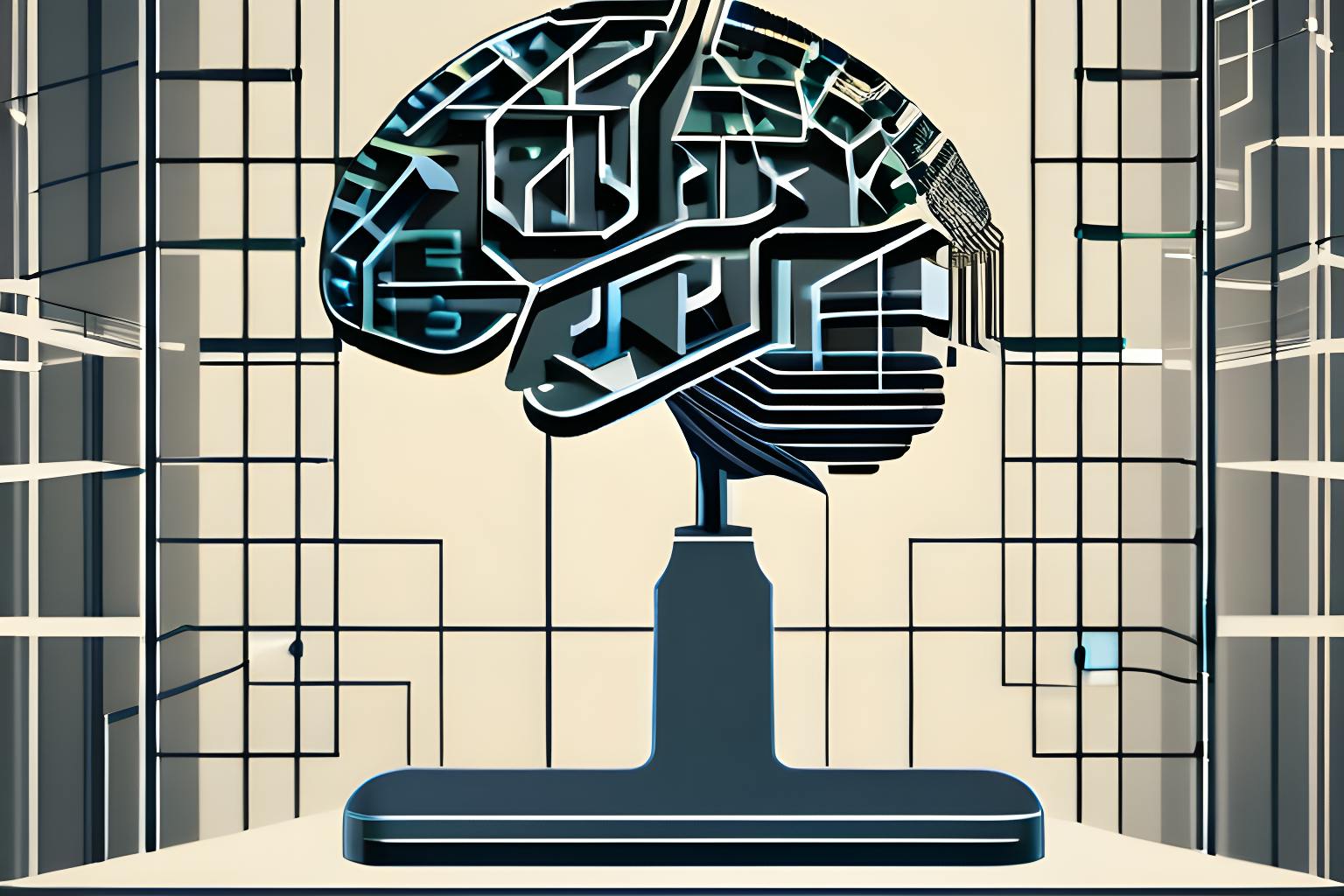Authors:
(1) Ruohan Zhang, Department of Computer Science, Stanford University, Institute for Human-Centered AI (HAI), Stanford University & Equally contributed; [email protected];
(2) Sharon Lee, Department of Computer Science, Stanford University & Equally contributed; [email protected];
(3) Minjune Hwang, Department of Computer Science, Stanford University & Equally contributed; [email protected];
(4) Ayano Hiranaka, Department of Mechanical Engineering, Stanford University & Equally contributed; [email protected];
(5) Chen Wang, Department of Computer Science, Stanford University;
(6) Wensi Ai, Department of Computer Science, Stanford University;
(7) Jin Jie Ryan Tan, Department of Computer Science, Stanford University;
(8) Shreya Gupta, Department of Computer Science, Stanford University;
(9) Yilun Hao, Department of Computer Science, Stanford University;
(10) Ruohan Gao, Department of Computer Science, Stanford University;
(11) Anthony Norcia, Department of Psychology, Stanford University
(12) Li Fei-Fei, 1Department of Computer Science, Stanford University & Institute for Human-Centered AI (HAI), Stanford University;
(13) Jiajun Wu, Department of Computer Science, Stanford University & Institute for Human-Centered AI (HAI), Stanford University.
Table of Links
Brain-Robot Interface (BRI): Background
Conclusion, Limitations, and Ethical Concerns
Appendix 1: Questions and Answers about NOIR
Appendix 2: Comparison between Different Brain Recording Devices
Appendix 5: Experimental Procedure
Appendix 6: Decoding Algorithms Details
Appendix 7: Robot Learning Algorithm Details
Appendix 2: Comparison between Different Brain Recording Devices
We use the EGI NetStation EEG system which uses rapid application 128-channel saline-based EGI SensorNets. Here we justify our choice of using non-invasive, saline-based EEG as the recording device for brain signals. A comparison of different brain reading devices (gel-based EEG, dry EEG, MEG, fMRI, fNIRS, implant) and their advantages and disadvantages are shown in Table 5, using our device as the baseline. Two noticeable alternatives are functional magnetic resonance imaging (fMRI) and invasive implants. fMRI measures the small changes in blood flow that occur with brain activity, which has a very high spatial resolution hence fine-grained information such as object categories and language [31] can be decoded from it. But fMRI suffers from low temporal resolution, and the recording device is extremely costly and cannot be used in daily scenarios. Brain implants have a very good signal-to-noise ratio and have great potential. However, the main concern is that it requires surgery to be applied, and health-related risks are not negligible.
This paper is available on arxiv under CC 4.0 license.

